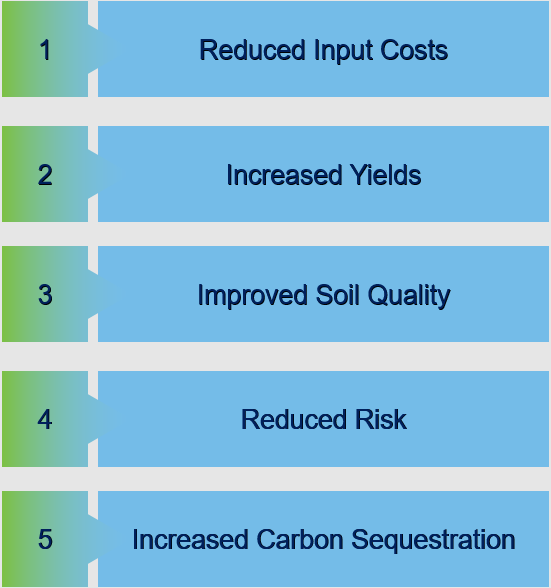5 Reasons Why Regenerative Agriculture is Economically More Effective
Reduced Input Costs
Regenerative agriculture relies on natural processes to maintain soil health, which reduces the need for costly inputs such as fertilizers and pesticides
This can lead to significant cost savings for farmers
Increased Yields
Healthy soil is more productive, which means that regenerative agriculture can lead to higher yields than traditional agriculture
This can result in increased profits for farmers
Improved Soil Quality
Regenerative agriculture helps to improve soil quality, which can lead to increased water retention and improved nutrient availability
This can reduce the need for costly irrigation and fertilizers, resulting in further cost savings
Reduced Risk
Regenerative agriculture is more resilient to extreme weather events, such as drought and floods
This can help to reduce the risk of crop failure, which can lead to increased profits
Increased Carbon Sequestration
Regenerative agriculture helps to sequester carbon in the soil, which can lead to increased soil fertility and improved water retention
This can help to reduce the impacts of climate change, while also providing economic benefits
